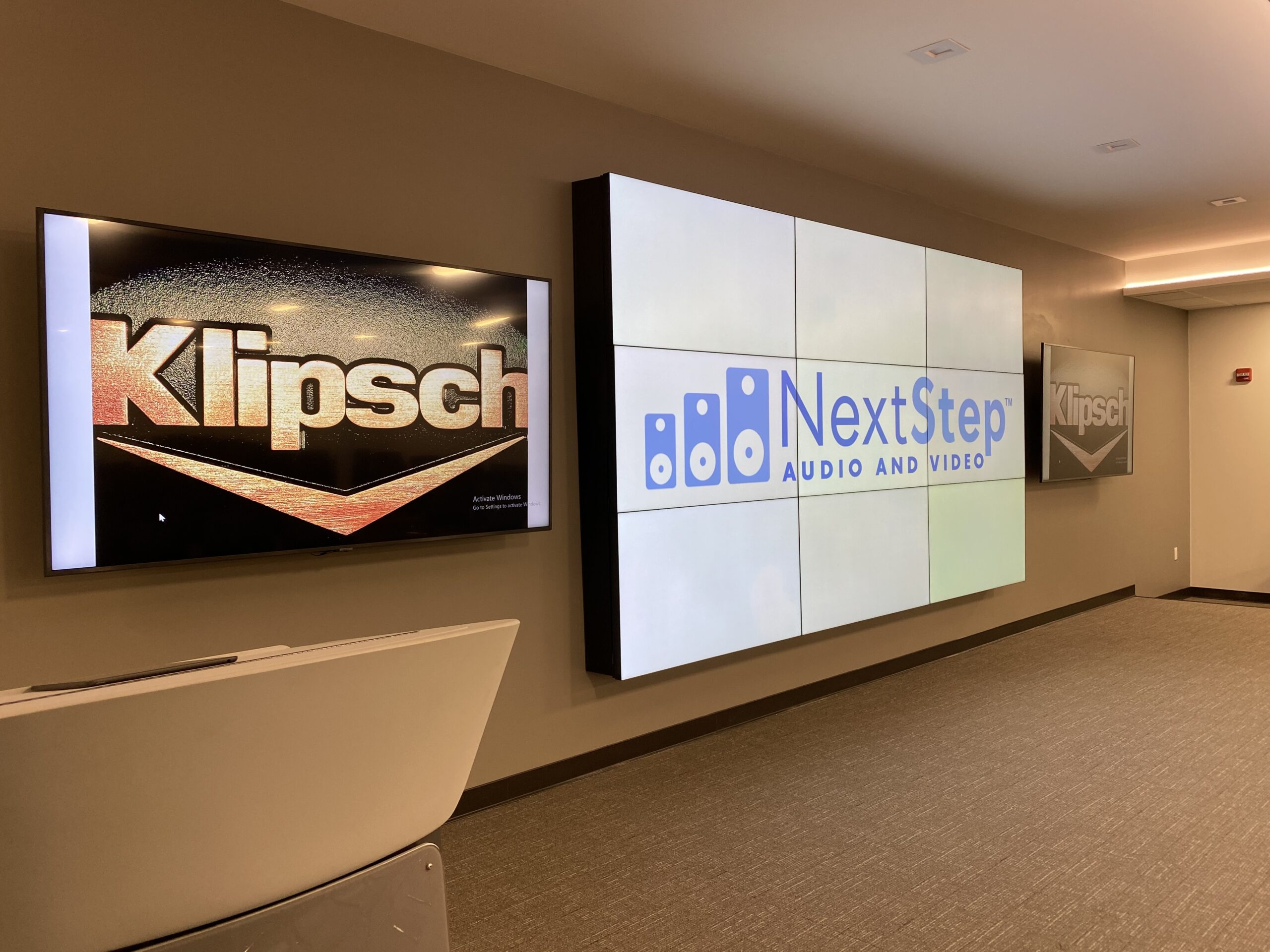Illuminating the Impact of Lighting Circumstances on Motion Identification Accuracy and Dependability
Illuminating the Impact of Lighting Circumstances on Motion Identification Accuracy and Dependability
Blog Article
Lighting conditions play a significant impact in how well we can perceive movement. Motion detection is a critical component of different systems, such as surveillance cameras, automated lighting systems, and even some gaming applications. Comprehending the ways different lighting environments influence our capacity to perceive movement can assist enhance the development and efficacy of these technologies. For instance, poor lighting can result in overlooked motions or incorrect alerts, while ideal illumination can boost the precision of motion detection technologies.
In well-lit illumination environments, motion detection is generally more accurate. As there is ample illumination, sensors and cameras can obtain clearer pictures, which assists in identifying dynamic objects. Well-lit environments allow for better distinction between the moving element and the surroundings. This contrast is crucial for both human observers and mechanical technologies, as it makes it easier to differentiate between stationary and moving objects in a scene. Thus, ensuring that areas are adequately illuminated can greatly improve the performance of movement detection systems.
On the other hand, low-light environments can pose difficulties for motion detection. In low-light environments, darkness can hide moving elements, making them hard to detect. Additionally, the eye struggles to detect movement in dim conditions, which can lead to misunderstanding of what is happening in view it now the environment. Cameras may also face challenges, as many do not perform well in dim conditions without the use of infrared technology or other enhancements. These restrictions highlight the importance of sufficient illumination in environments where motion detection is essential.
Moreover, different kinds of lighting can have different impacts on movement detection. For example, neon lights can flicker, which can confuse movement detection systems that depend on steady light sources. On the other hand, daylight provides a consistent source of illumination that improves best cctv systems for motion detection visibility. Comprehending these variations in lighting types can assist operators in selecting the most appropriate illumination for specific applications, particularly in security and surveillance situations.
In summary, the relationship between illumination environments and movement detection precision is significant. By ensuring that environments are suitably lit, we can enhance the reliability of movement detection technologies. This knowledge not only supports tech uses but also enhances safety and safety in various settings. As more advancements are made in movement detection systems, taking into account illumination environments will continue to be a vital factor in optimizing performance and guaranteeing that these technologies function effectively in different environments.